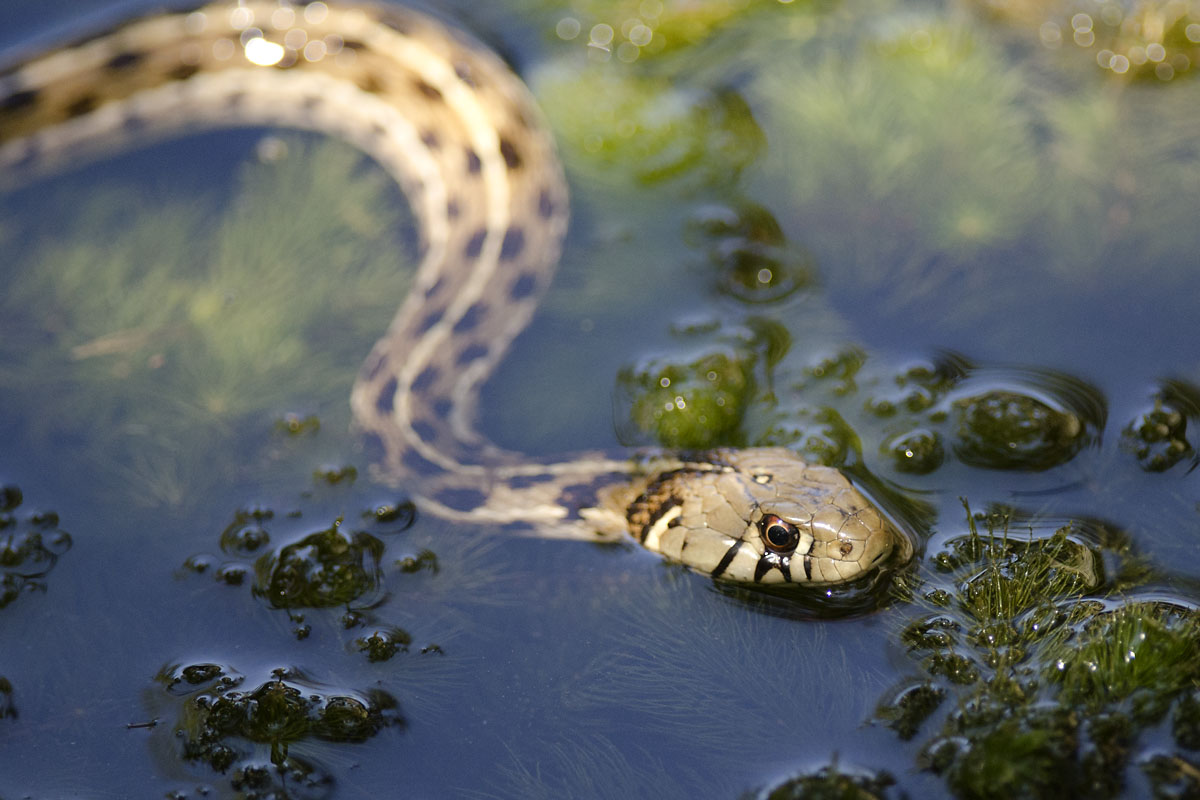
Checkered Garter Snake

These snakes prey on rodents, and they'll go for frogs and fish. This guy was hanging out in a water feature at the Starry Nights B&B in Wimberley, TX, on a hot summer day. Nikon D7000 camera with the Nikon 300mm f4 ED lens. I was experimenting with different settings in the challenging lighting conditions. This shot: ISO 1000 with spot metering, 1/1000s at f4. How about the incredibly low noise at ISO 1000?

This shot shows the checkering for which this snake is named. ISO 800, 1/250s at f8, matrix metering with the Nikon SB-800 flash.
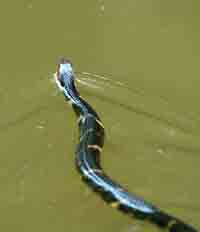
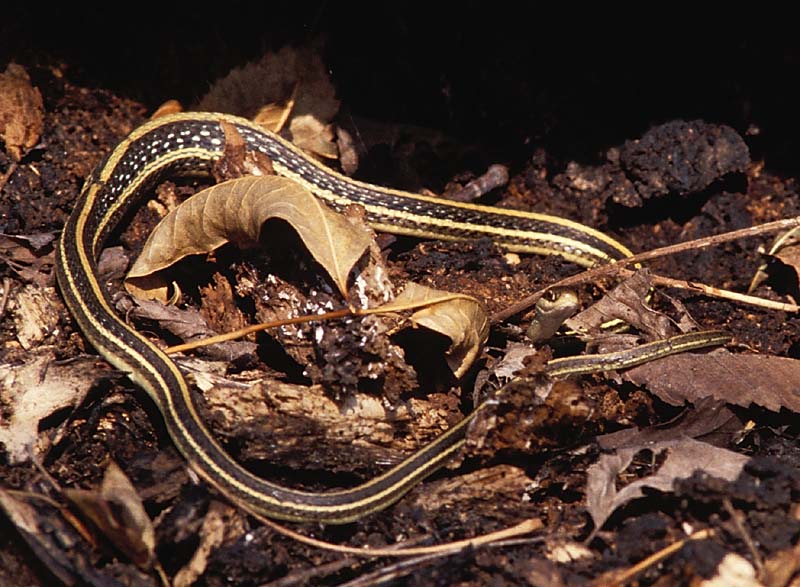
Snake, I previously thought maybe a Texas Patchnose Snake(?), and then a Garter Snake. Per Gil: Your "Garter snake" is a Western ribbon snake of the Gulf coast race, Thamnophis proximus orarius. Ribbon snakes are very closely related to garter snakes, but they have a much longer, tapering tail and a clean, unmarked upper "lip". The Gulf coast race has a "golden" stripe down the middle of its back instead of an orange one as do the other races.
From: Brazos Bend State Park Photos
N90s, E200 slide film, 1/200s, Nikon 300 f2.8 EDIF lens, ~f8
Click on the thumbnails below for additional snake images.
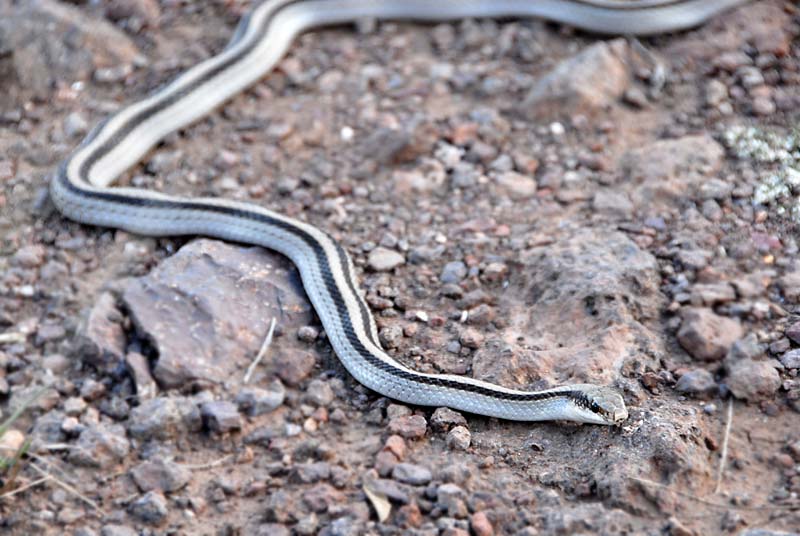
Picture from Davis Mountains, 10/2007. Gil: It is a Mountain patchnose snake, Salvadoria grahamiae, subspecies grahamiae, which occurs from s. AZ to w. TX; the other subspecies occurs in c. and S. Tx down into Mexico. There is another species of patchnose snake in the Big Bend area. In your photo, you can readily see the "patch" on the front tip of the snake's head, which tells you it is not one of the ribbon or garter snakes.
See "Patch" below:

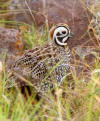
This is my snake picture page, featuring images of snakes. If you like the snakes, you'll probably like
Lizard & Bugs and More! Lizard & Bugs
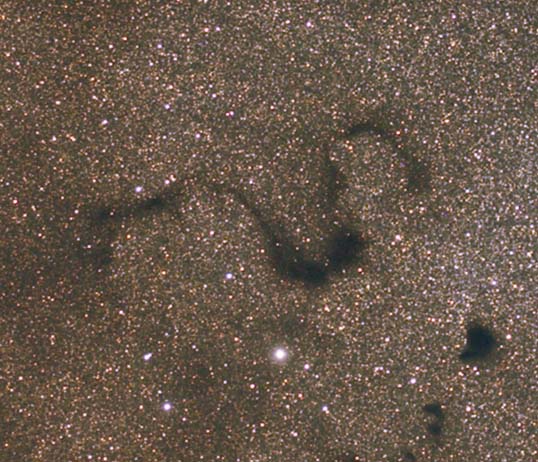
Check out the very large image of the snake nebula, and other dark nebulae on my Snake Nebula Page.
Copyright © Dick Locke. All Rights Reserved.
Contact and Image Use Information
Last updated: 11/26/12, 10/12/13, 3/11/14